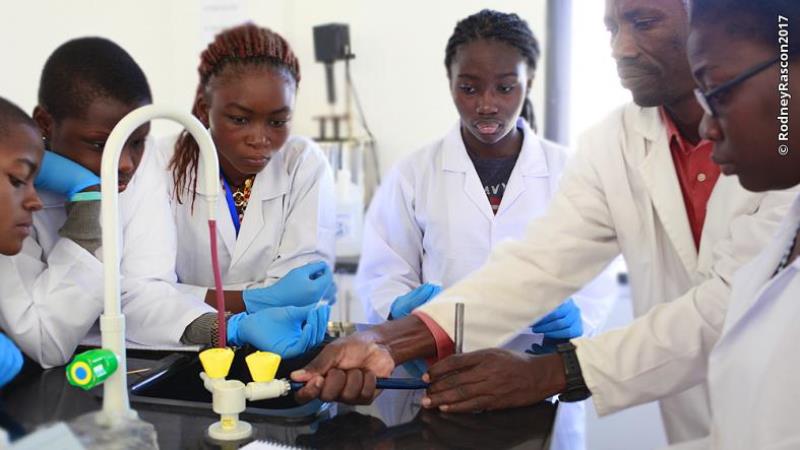
A new report from the U.S. Government Accountability Office (GAO) published on April 17, warns about the potential of synthetic biology technology that can be used to create bioweapons in the future.
The report warns outlines how this new technology will become a new industry that could be exploited by foreign adversaries and those looking to cause harm in America.
“Synthetic biology could pose a significant threat to national security if it were used for nefarious purposes, such as developing new biological or chemical weapons,” said the agency.
Part of the concerns that these tools can have on national security also stem from “the computational tools [being] used for synthetic biology could be vulnerable to cyber threats such as automation hacking,” said the agency.
The concern for these biotechnology tools comes as the report found that the biotechnology industry is projected to grow to $100 billion.
“In 2019, scientists reached an important milestone by creating a living organism with entirely human-made DNA for the first time. In 2021, scientists created synthetic organisms that could enable “living therapeutics” in which engineered human or microbial cells treat or cure diseases directly in a patient before degrading at a predetermined time,” said the report.
Although the report warns against the potential dangers this technology possesses, it also notes the potential this technology has in helping society.
According to the report, one key use of the technology will be how “synthetic biology could support endangered species conservation, for example, by altering the genes of endangered plants to make them resilient to diseases.”
Other uses include the potential to be “widely adaptable” for uses in diagnosing and treating diseases.
As the pros and cons of this technology become more prevalent the need for regulation will be needed the report includes that policymakers should look into these issues and make sure that “policymakers have adequate access to expertise and resources to evaluate the societal effects and public policy implications of synthetic biology research and development.”
